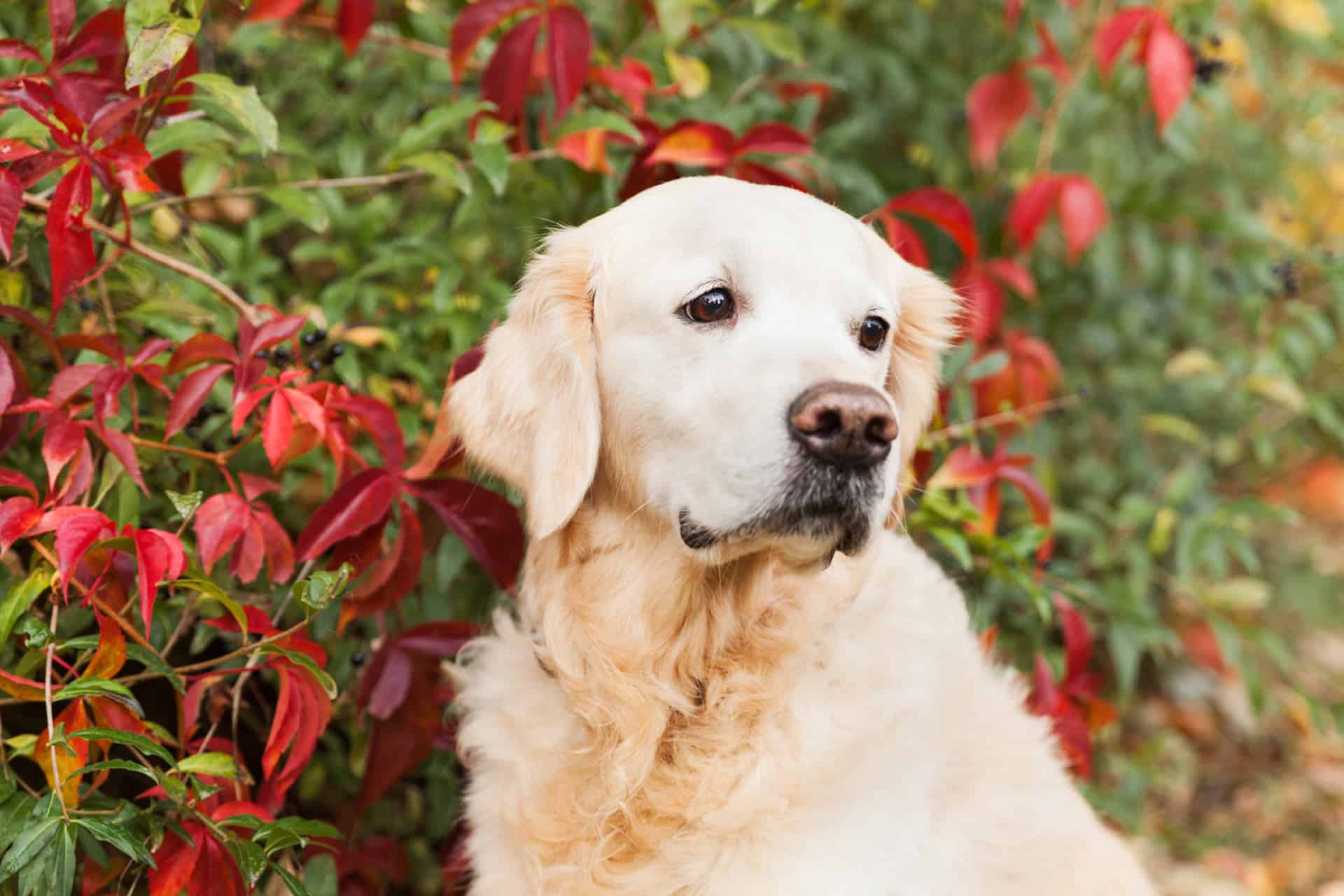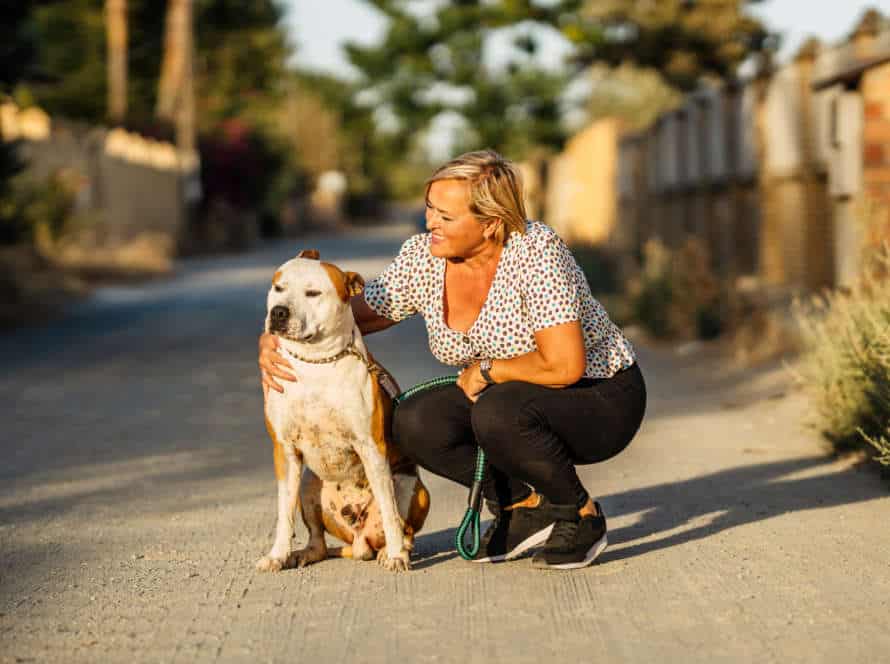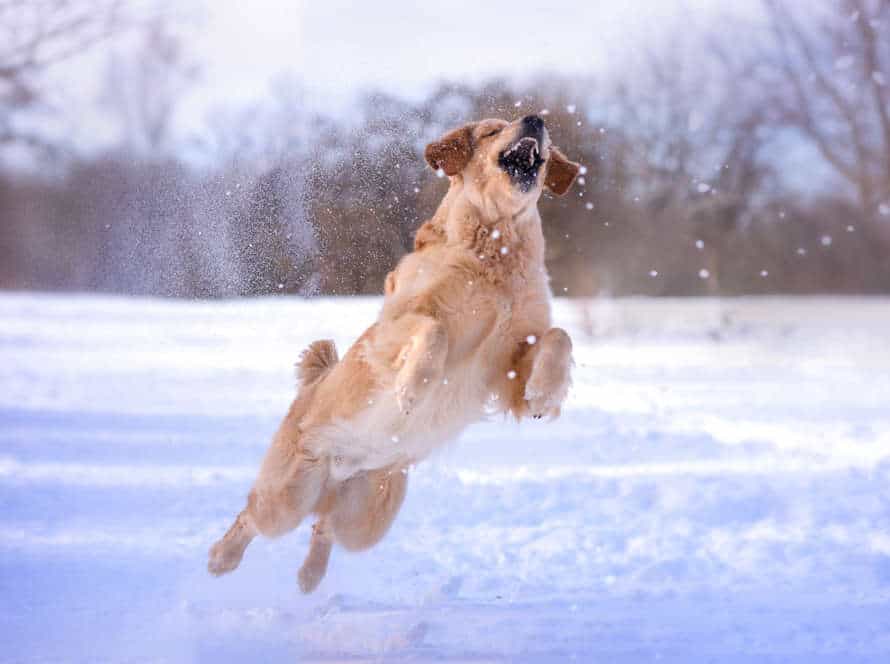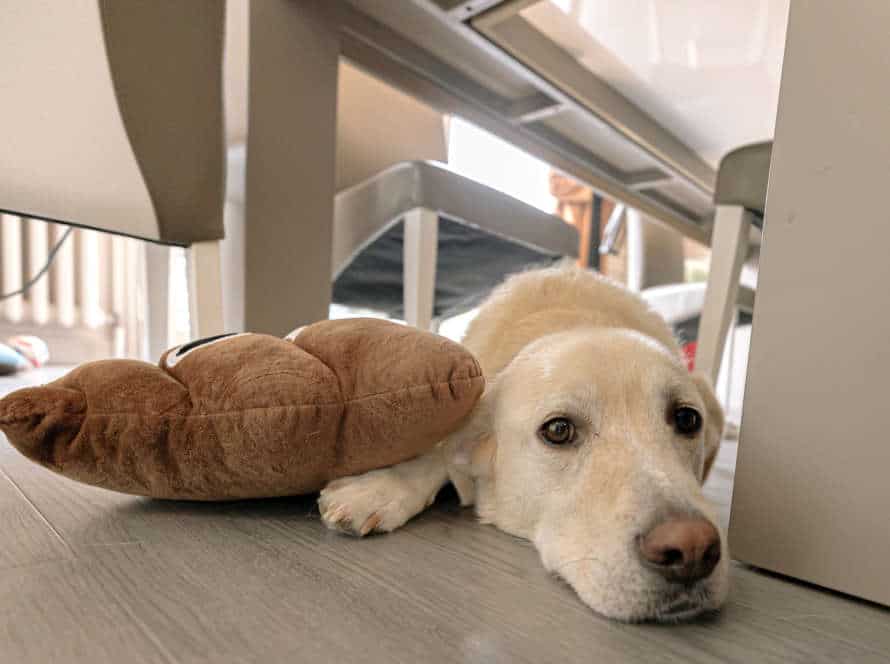Teach Your Dog to Self-Soothe: Calming Techniques for Independence
Teach your pup to be chill with some cool techniques! This can help them become independent and manage loneliness. Here’s how:
- Give them a special spot to go when stressed, like a bed, crate, or blanket.
- Distract them with puzzles or Kong toys filled with treats.
- Get them to chew on something or do deep breathing exercises.
- Praise them for relaxing.
Be patient and keep trying. With time, your dog will learn to calm down when alone.
Understanding Your Dog’s Emotions
Learning to self-soothe is a valuable ability for your dog. It can give them independence and lessen stress. To do this well, it’s key to figure out your pup’s emotions. Dogs can experience fear, anxiety, joy, and contentment. Knowing how they feel is important. It helps you offer them the guidance and comfort they need. Here are some tips on understanding and sympathizing with your pup.
Why It’s Important for Dogs to Self-Soothe
Self-soothing is an important lesson for dogs to learn. It helps them control their emotions and be independent. Here are three reasons why it is important:
- Relieving Anxiety – Dogs can get anxious due to separation, loud noise or new environment. Being able to self-soothe helps them feel safe without relying too much on their owners.
- Boosting Confidence – Dogs that learn self-soothing gain confidence in managing situations alone.
- Lower Dependence – If a dog is always looking for attention, it can become too dependent. Teaching them self-soothing can make them more independent.
To help dogs self-soothe, give them a safe place, interactive toys and obedience training.
How to Recognize Signs of Anxiety in Dogs
Is your dog anxious? Here’s how to tell:
- Barking or howling too much
- Acting aggressive or biting
- Shaking or trembling
- Licking or chewing paws
- Pacing or restlessness
- Panting or shallow breathing
- Using the restroom inside, even after house-training
If any of these sound familiar, get your pup checked out by a vet. It could be an underlying medical issue.
Once you know it’s anxiety, you can help your dog learn to relax. Exercise, interactive toys, and calming cues can help. Most importantly, be patient and create a safe and soothing environment.
Different Responses to Anxiety in Dogs
Humans and dogs can both experience anxiety, so it’s vital to understand your pet’s emotions. Here are some common symptoms and ways to help:
- Barking, whining, or howling: Teach “quiet” and reward for calmness.
- Hiding or avoiding interaction: Crate training and providing a safe space.
- Destructive behavior: Exercise, mental stimulation, and chew toys.
- Panting, pacing, or trembling: Exercise, training, massage, and aromatherapy. Help your dog to self-soothe and stay calm!
Techniques to Teach Your Dog to Self-Soothe
Train your pooch to self-soothe! This is a must for having a confident pup. Self-soothing is when a dog is able to relax in stressful or scary situations. It helps with anxiety and helps them to be independent. Here’s how to help your pup become more self-reliant:
Strategies and techniques!
Counterconditioning
Counterconditioning is a type of training. It teaches dogs to link positive experiences with previously fearful or negative things. This method is often used to help dogs with anxiety and fear-related behaviors.
Here are 4 techniques to help your pup self-soothe:
- Give them a Safe Place: Create a designated area such as a crate or bed where your pup can escape to when feeling anxious or overwhelmed.
- Play Calming Music: Playing calming music can soothe your dog and teach them to link relaxation with positive feelings.
- Offer Treats and Toys: Give your pup treats and toys when they show calm, relaxed behavior.
- Gradual Exposure: Slowly expose your pup to the source of their anxiety while providing positive reinforcement.
Counterconditioning can teach your pup to self-soothe and manage their anxiety in a healthy way.
Desensitization
Desensitization is a way of helping a dog become less scared of things that make them anxious. It works by gradually introducing the dog to the stimulus. Over time, this reduces their fear or distress. To use desensitization in a dog’s training, try these techniques:
- Counterconditioning: Make the trigger positive, by using treats or play.
- Gradual Exposure: Expose the dog to the trigger in small amounts and slowly increase the intensity.
- Distraction: Distract the dog from the trigger with toys, treats or commands.
It takes patience, consistency and positive reinforcement for desensitization to be effective. This helps dogs become more confident and independent.
Training with Positive Reinforcement
Train your dog using positive reinforcement. Reward desired behaviors, instead of punishing the bad ones. Here are some techniques to help teach your dog to self-soothe:
- Capture Calmness: Give treats or praise when your dog is resting or sleeping. Gradually increase the time you reward them.
- Mat Training: Encourage your dog to go to a designated mat/bed when they need to self-soothe. Give rewards and slowly increase the amount of time they stay there.
- Calming Music: Play classical music or soothing sounds. This helps promote relaxation and reduce anxiety.
- Chew Toys: Give them chew toys or puzzles to keep them occupied and ease their stress.
Training your dog to self-soothe requires patience, time and consistency. With the right positive reinforcement techniques, you can give your pup the tools to feel calm and independent.
Management Tools to Help Your Dog Self-Soothe
All of us wish our pooches could be self-reliant and soothe themselves when a stressful situation occurs. But, how can you make this happen? In this section, we look at the various management tools that can help your dog become more independent and not depend on you so much. Such tools include special playthings, home modifications, training drills, and more!
Calming Treats and Supplements
Calming treats and supplements are great tools to help your pup self-soothe and reduce stress. These natural approaches can ease or even prevent hyperactivity, aggression, erratic moods, or nervousness.
Supplements like chamomile, ashwagandha, and melatonin are proven to help dogs’ nervous systems. They can reduce nervousness and promote relaxation. You can give them in different forms such as chews, sprays, and liquid.
Cognitive therapy and behavior modification are also great calming techniques. They teach your pup to relax and handle anxiety well.
Pro Tip: Talk to a vet before giving your pet any supplements.
Anxiety Wrap or Vest
Anxiety wraps, often called anxiety vests, can help manage your pup’s anxiousness. It works like a hug or swaddle, calming them down. Here are tips for getting your pup used to the wrap:
- Introduce it gradually.
- Start with short times wearing it, then increase the duration.
- Give treats and praise for calm behavior.
- With patience, the anxiety wrap can help them self-soothe and manage their anxiety.
Creating a Safe Space at Home
Creating a secure spot in the house for your furry friends can help them feel more relaxed. To do this, teach your pup to self-calm and equip them with resources to help their autonomy.
Here are some pointers to teach your pup to be soothed:
- Crate Training – Crate training can make dogs feel safe and give them a private spot to go to when feeling anxious or scared. Make it comfy by providing bedding and playthings.
- Chewing – Chewing is a normal way for dogs to self-soothe. Giving chew toys like Kongs or Nylabones can lessen tension and boredom.
- Calming Music – Playing tranquil tunes or white noise can help relax your pup’s nerves and create an atmosphere of peace.
- Training and Positive Reinforcement – Teach your pup basic commands and reward them with snacks or affection to enhance their self-assurance and independence.
Using these management tools can create a serene and calming space for dogs to self-soothe and feel more at home.
Additional Resources for Calming Techniques
Educating your pooch to self-calm is a vital stride in aiding them achieve autonomy. Many assets are accessible to assist you in this, such as books, videos, blogs, websites, and even apps.
We’ll examine a few of the most famous resources that can help you and your pup create calming procedures.
Professional Dog Training Programs
Pro dog training programs can help your furry buddy learn new abilities and behaviors. Plus, boost their overall welfare! One main focus is teaching dogs to self-soothe. This helps with independence and lowers anxiety.
Here’s extra support for calming methods you can teach your pup:
- Deep Pressure Therapy: Apply gentle pressure to their body to give a calming effect similar to a hug. Use a compression vest or wrap them in a blankie.
- Tactile Stimulation: Massaging their ears or rubbing their tummy can soothe them in stressful times.
- Sound Therapy: Sounds like classical music or white noise can reduce their anxiety.
By including these methods in your pup’s training, you can help them be more independent and soothe themselves. Resulting in a happier, better-adjusted pup! Pro Tip: Consistency is key for training, so practice these techniques often for best results.
Online Resources and Videos
Check out these great resources, to teach your pup self-soothing and independence!
- American Kennel Club’s list of calming techniques for dogs, like massage and aromatherapy.
- YouTube channel “Kikopup” has videos on dog training and behavior, including how to stay calm and relaxed.
- “It’s Me or the Dog” by Victoria Stilwell is a TV show full of great advice.
- Pat Miller’s book, “The Power of Positive Dog Training” is a resource for reinforcement techniques.
By using these online resources and videos, you can help your pup become more independent and self-soothe, while strengthening your bond!
Pro Tip: Prioritise sources written by professionals to ensure the info is reliable.
Books and Articles on the Topic
Searching for more ways to help teach your pup self-soothing and calming methods? There are plenty of books and articles you can use. Here are a few to get you started:
- “The Power of Positive Dog Training” by Pat Miller. This book has tips and tricks for positive reinforcement training, including how to soothe an anxious dog.
- “Cautious Canine” by Patricia B. McConnell. Learn why your pup is fearful and how to help them overcome their anxieties and phobias.
- “10 Ways to Calm Your Overactive Dog” by Karen B. London, Ph.D. This article has easy, effective techniques to help your pooch relax and be calm in different situations.
By using the techniques from these sources, you can help your doggo learn to self-soothe and be more independent.
Frequently Asked Questions
1. What is self-soothing in dogs?
Self-soothing in dogs is the ability of a dog to calm themselves down without external help or intervention. It is an important skill for dogs to learn as it can help them cope with anxiety or stress when left alone.
2. Can all dogs learn to self-soothe?
Yes, all dogs can learn to self-soothe. It is important to start teaching this skill early on in their life as it may take time for them to master it. However, some breeds may find it easier than others, so it is important to take their personality and individual needs into account.
3. What are some techniques to teach a dog to self-soothe?
Techniques that can be used to teach a dog to self-soothe include providing them with a comfortable and safe space, using toys and treats to distract them, and gradually increasing the duration of time they are left alone. It is also helpful to use positive reinforcement and reward them for calm behavior.
4. How long does it take for a dog to learn to self-soothe?
The length of time it takes for a dog to learn to self-soothe can vary depending on the individual dog, their personality, and their previous experiences. It can take anywhere from a few weeks to a few months to master this skill. Patience and consistency are key when teaching this skill.
5. Can self-soothing techniques be used for other behavior issues?
Yes, self-soothing techniques can be used for other behavior issues such as fear, aggression, and hyperactivity. These techniques can help dogs to regulate their emotions and behavior, leading to a calmer and more confident demeanor.
6. When should I seek professional help for my dog’s behavior?
If your dog is displaying severe anxiety or aggression, or if their behavior is causing harm to themselves or others, it is important to seek professional help. A certified dog trainer or animal behaviorist can help to identify the root cause of the behavior and provide effective solutions tailored to your dog’s individual needs.







